Introduction
Imagine walking into your home, saying, “Lights on,” and watching your house illuminate effortlessly. Sounds futuristic? Well, it’s a reality with voice assistants. These AI-powered helpers have transformed how we interact with our homes, making them smarter and more convenient. Whether you’re new to smart home technology or looking to optimize your existing setup, this guide will walk you through integrating voice assistants seamlessly into your daily life.
What Are Voice Assistants?
Voice assistants are AI-driven software programs designed to process and respond to voice commands. They help users perform various tasks, from setting alarms to controlling smart home devices. Popular examples include Amazon Alexa, Google Assistant, and Apple’s Siri.
Why Integrate Voice Assistants into Your Smart Home?
1. Hands-Free Control
One of the biggest perks of voice assistants is hands-free operation. Whether cooking, cleaning, or relaxing, you can control multiple devices without lifting a finger.
2. Improved Accessibility
For elderly individuals or those with disabilities, voice assistants provide an easy way to control home functions without needing to navigate complex interfaces.
3. Energy Efficiency
Smart assistants help monitor and manage energy consumption by controlling lighting, thermostats, and appliances, reducing energy waste.
4. Enhanced Security
With voice-activated security systems, you can lock doors, view security camera feeds, and receive real-time alerts, keeping your home safe.
Choosing the Right Voice Assistant
Before integrating a voice assistant into your home, it’s important to choose one that aligns with your needs. Here’s a comparison of the most popular options:
Amazon Alexa
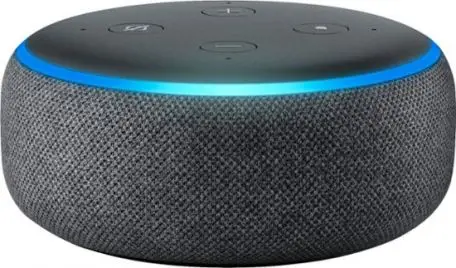
- Best for: Seamless integration with a vast range of smart home devices
- Strengths: Wide compatibility, multiple skills, affordable smart speakers
- Weaknesses: Privacy concerns due to always-listening functionality
Google Assistant
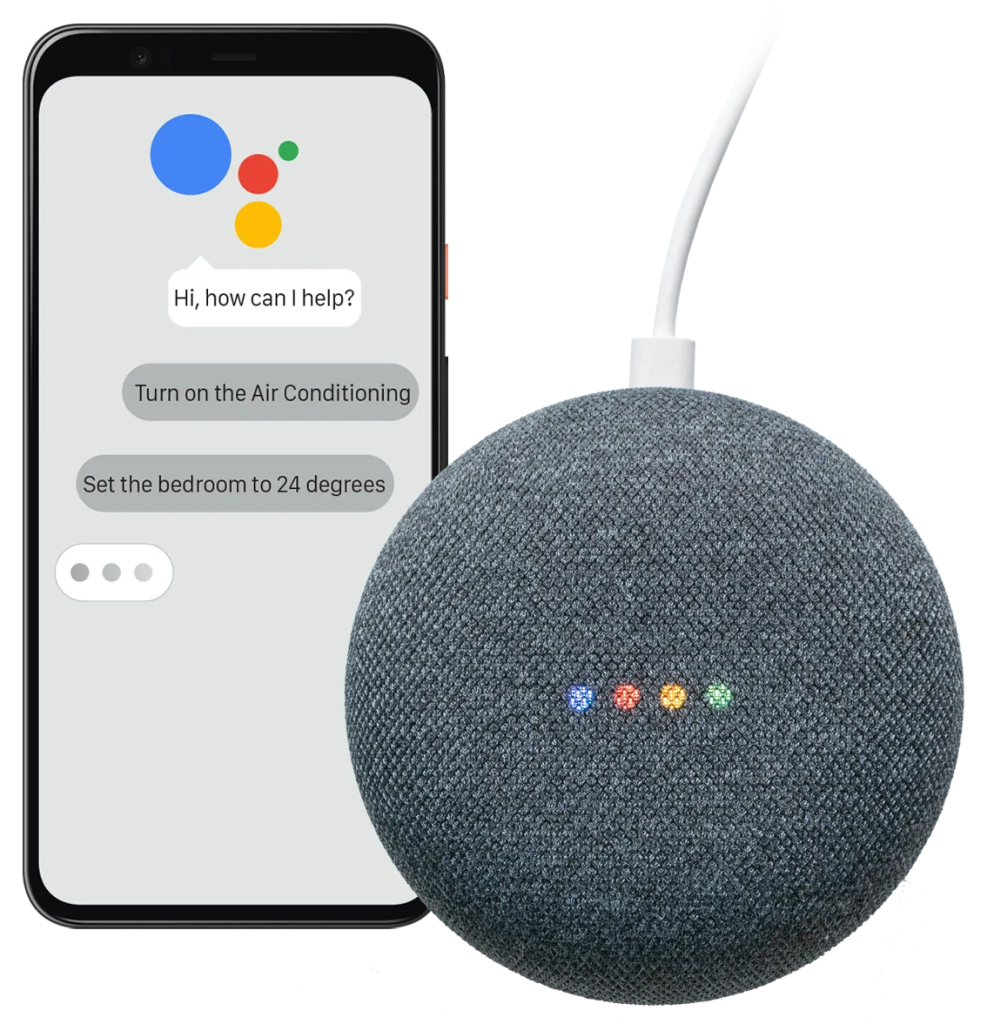
- Best for: Superior voice recognition and search capabilities
- Strengths: Works well with Google services, natural language processing, personalized responses
- Weaknesses: Limited third-party device compatibility compared to Alexa
Apple Siri

- Best for: Apple ecosystem users
- Strengths: Strong privacy controls, deep integration with Apple products
- Weaknesses: Limited device compatibility, fewer third-party integrations
Essential Smart Devices for Voice Assistants
To maximize the benefits of your voice assistant, consider integrating the following smart devices:
1. Smart Speakers & Displays
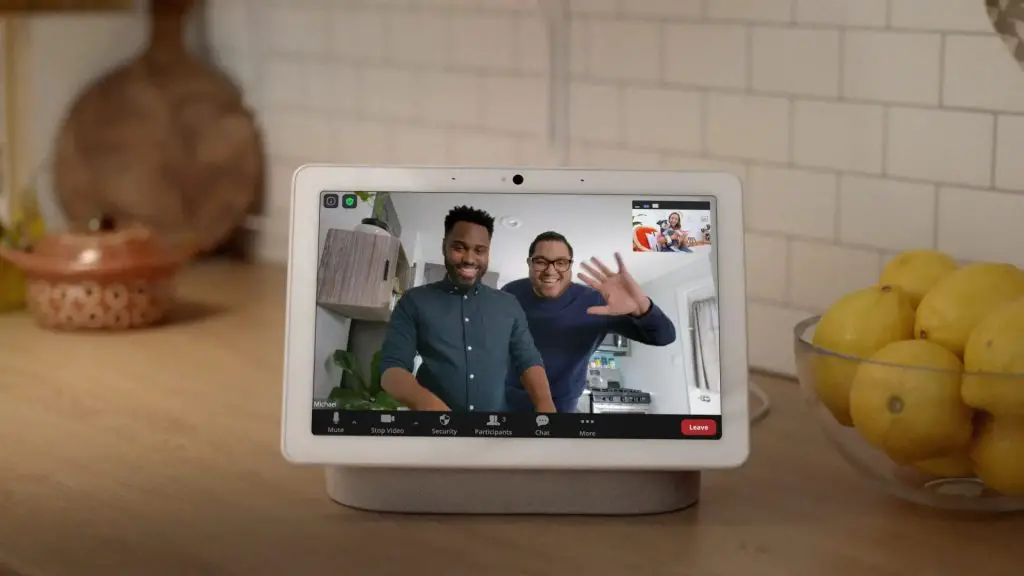
Devices like Amazon Echo, Google Nest Hub, or Apple HomePod serve as central hubs for voice commands and smart home controls.
2. Smart Lighting

Brands like Philips Hue and LIFX allow you to adjust brightness and color using voice commands.
3. Smart Thermostats

Nest and Ecobee thermostats let you control home temperatures with simple voice commands, optimizing energy usage.
4. Smart Security Systems
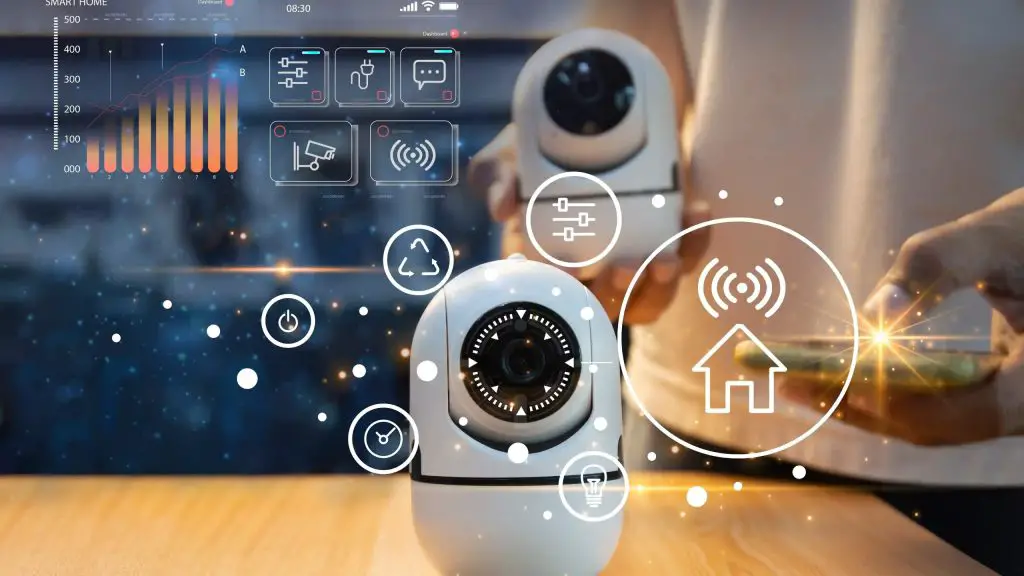
Voice-enabled security cameras, doorbells, and locks (e.g., Ring, Arlo, August) enhance home safety.
5. Smart Plugs & Switches
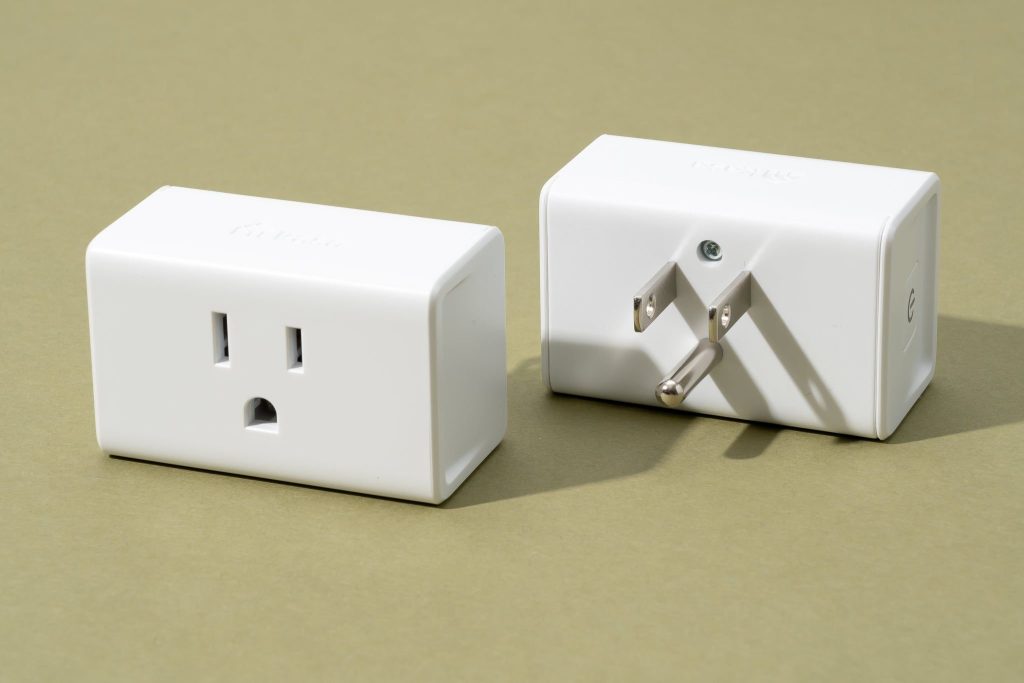
Turn regular appliances into smart devices by plugging them into voice-controlled outlets.
Sound Level Detector: Detect Sound Intensity with Sound Sensor Arduino.
6. Smart TVs & Streaming Devices

Use voice commands to play your favorite shows on Fire TV, Chromecast, or Apple TV.
Setting Up Your Voice Assistant
Step 1: Choose Your Smart Hub
Select a central smart speaker or display (e.g., Echo Dot, Nest Hub) to act as the primary voice assistant device.
Step 2: Connect to Wi-Fi
Ensure a stable internet connection to enable smooth communication between devices.
Step 3: Sync Smart Devices
Download the corresponding mobile app (Amazon Alexa, Google Home, or Apple Home) and connect compatible smart devices.
Step 4: Customize Voice Commands
Create routines and custom commands for convenience, such as “Good morning” to turn on lights and play music.
Step 5: Secure Your Setup
- Enable voice recognition for personalized responses.
- Set up multi-factor authentication for enhanced security.
- Regularly update firmware to prevent vulnerabilities.
Optimizing Voice Assistant Performance
1. Use Clear Commands
Speak naturally but clearly to ensure accurate responses.
2. Place Devices Strategically
Keep smart speakers in central locations for better voice detection.
3. Minimize Background Noise
Avoid placing devices near noisy appliances like TVs or fans.
4. Update Software Regularly
Firmware updates improve functionality and security.
5. Enable Privacy Settings
Review voice recordings and adjust permissions for data security.
Common Challenges and Troubleshooting Tips
Issue 1: Voice Assistant Not Responding
Solution: Check Wi-Fi connection, restart the device, and ensure the microphone isn’t muted.
Issue 2: Devices Not Connecting
Solution: Verify compatibility, reset the device, and re-link it in the app.
Issue 3: Accidental Activations
Solution: Change the wake word or enable voice recognition.
Issue 4: Privacy Concerns
Solution: Regularly delete voice history and adjust privacy settings.
Future Trends in Voice Assistants
AI-Powered Personalization
Future voice assistants will learn user preferences and predict actions for a more tailored experience.
Enhanced Multi-Assistant Integration
Devices may support multiple voice assistants for increased flexibility.
Smarter Home Automation
AI advancements will enable more intuitive and autonomous smart home operations.
Conclusion
Integrating voice assistants into your smart home isn’t just about convenience it’s about creating a more efficient, secure, and personalized living space. Whether you’re starting small with a smart speaker or going all-in with a fully automated home, voice assistants can revolutionize your daily routine. So, are you ready to step into the future and let your voice take control?
FAQs
1. Can I use multiple voice assistants in one home?
Yes, but they may not always work seamlessly together. Some smart devices allow integration with multiple assistants.
2. Do voice assistants work without an internet connection?
Basic commands (e.g., turning lights on/off) may work locally, but most features require internet access.
3. How do I prevent voice assistants from always listening?
You can mute the microphone or adjust privacy settings to control when it listens.
4. Are voice assistants secure?
While manufacturers implement security measures, always use strong passwords, enable two-factor authentication, and review data settings.
5. Can I control non-smart appliances with a voice assistant?
Yes, using smart plugs or smart switches allows voice control over traditional appliances.